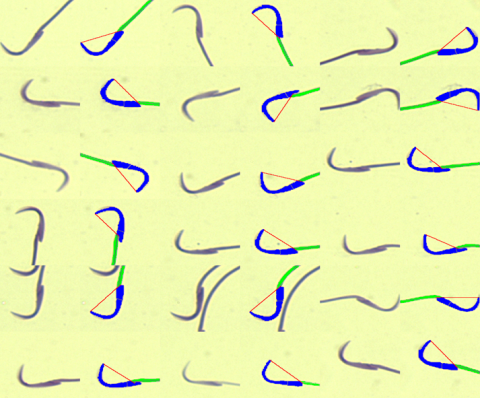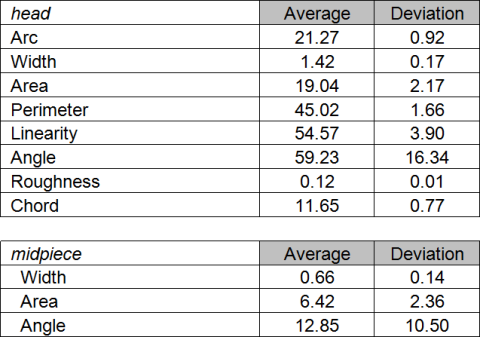RatTox CASA: A whole new revolution in toxicology testing
There is a great need to use the least invasive systems to test the effects of potential effects of chemicals, pesticides, radiation and many others on biological systems. Many researchers resorted to cell and tissue cultures as model systems. While these systems have many advantages, they have the disadvantage of not being able to measure the interactions of different organ systems in the organism’s body in relation to potential toxic substances. Furthermore, even if an animal is exposed experimentally and under serious ethical scrutiny to potentially toxic substances or substances they may enhance body functions, which model system will/should be used to measure/evaluate this?
Microptic S.L. in conjunction with consultants and researchers has developed a novel system called RatTox making use of rat/mouse sperm to evaluate the effect of chemicals/radiation. The RatTox “package” consists of four devoted modules, sperm motility/concentration, morphology/morphometry, fragmentation and vitality to automatically and accordingly objectively evaluate normal versus treated sperm.
One of the great challenges of this project is/was to establish what are normal sperm characteristics at this level of CASA quantification? There are no clear reports available on what the cut-off points for sperm motility (kinematics), vitality, fragmentation but particularly for normal morphology may be in a rat/mouse model. Fortunately there are a number of users in South Africa (three Universities), France and Greece who started to exchange data and in conjunction with Microptic S.L. to establish at least preliminary cut-off points. We are in the process to publish some of the morphology/morphometry data soon as a multi-international project (See Fig below).
So what do researchers do in the mean time in the “so called absence” of rat/mouse reference sperm values like we have for humans and domestic animals? The solution is fortunately still possible using SCA CASA objectively. But how? Researchers do not need to use so called reference values but just need to express the treatment values for e.g. motility and morphology as a percentage of the controls. This is a valid approach but surely the ideal would be to also have the cut-off values – more realistic also having the absolute values.
Furthermore, the good news is that there appears to be more interest globally to use the RatTox system for future toxicological studies. This is not surprising in view of the fact that the protocols are available for all four SCA CASA modules and in practice they work extremely well for Rat/Mouse sperm. Accordingly the CASA RatTox modules present a new and innovative approach to test the effect of a multitude of substances (positive or negative) on a biological system and has great potential.

Rat sperm stained with SpermBlue automatically analyzed for sperm head and midpiece characteristics.

Table showing typical control morphometric values for sperm analyzed above.
Cut-off values have been determined for each morphometric parameter.
Gerhard van der Horst (PhD, PhD)
Senior Consultant
MICROPTIC S.L.




Leave A Comment